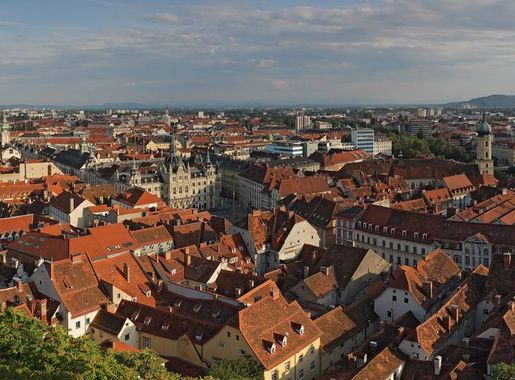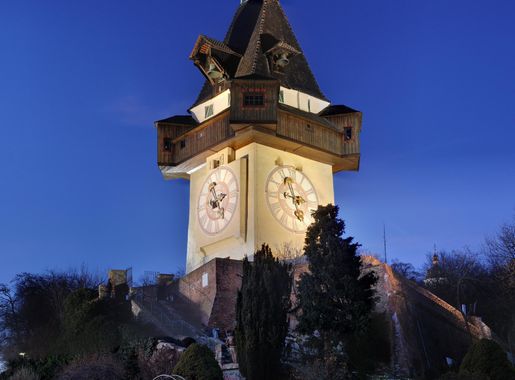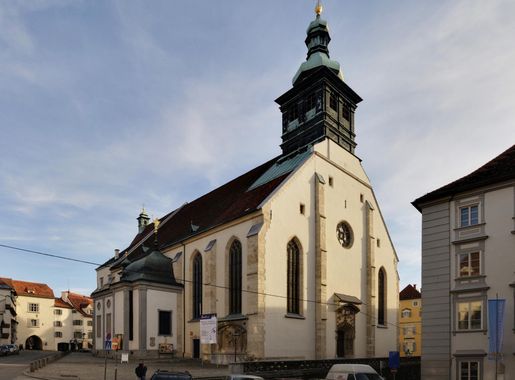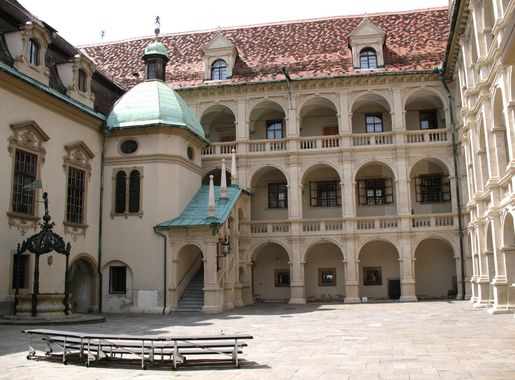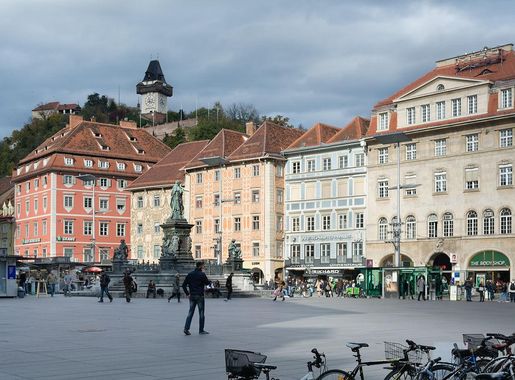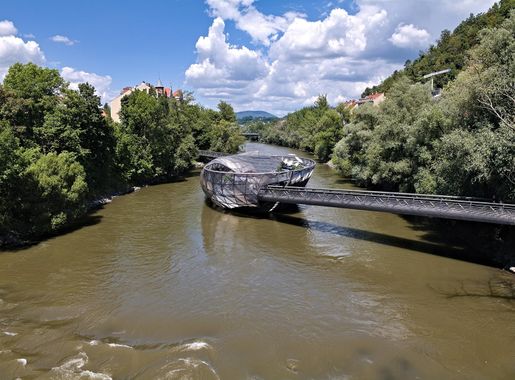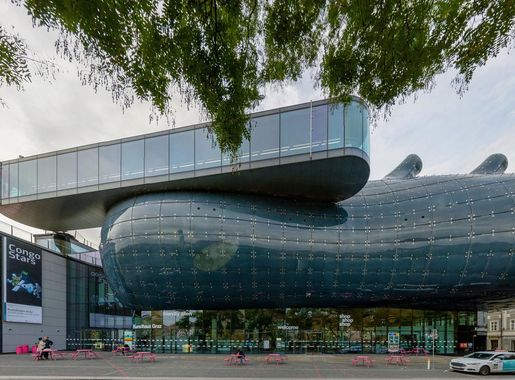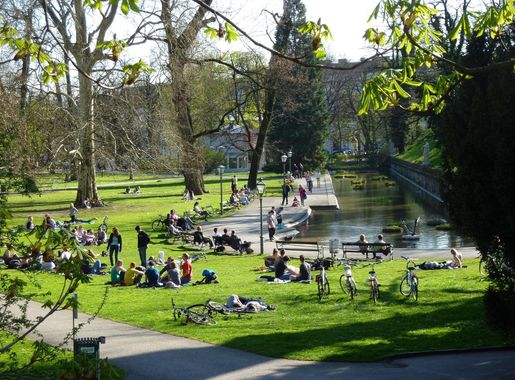
Innere Stadt: The Heartbeat of Graz
Discover the charm of Innere Stadt in Graz, Austria - a UNESCO World Heritage Site filled with historic landmarks, vibrant squares, and rich cultural heritage.
Welcome to Innere Stadt, the historic center of Graz, Austria. This enchanting neighborhood is a UNESCO World Heritage Site, filled with cobbled streets, impressive architecture, and a rich cultural tapestry. The area is a testament to medieval and Renaissance influences, with landmarks that speak volumes about its storied past. Strolling through the Innere Stadt, you'll encounter the iconic Graz Clock Tower, perched atop Schlossberg Hill, offering panoramic views of the city. The Hauptplatz, or main square, is a bustling hub where you can immerse yourself in local life, surrounded by colorful facades and lively cafes. Don't miss the Landhaus courtyard, an architectural gem featuring stunning arcades and a serene atmosphere. Innere Stadt is also home to the Graz Cathedral, a masterpiece of Gothic architecture, and the Mausoleum of Emperor Ferdinand II, an impressive example of Baroque design. Art enthusiasts will find solace in the Kunsthaus Graz, a contemporary art museum with a striking, futuristic exterior. Whether you're a history buff, a culture vulture, or simply looking to soak in the charm of Graz, Innere Stadt offers a captivating experience like no other.
Local tips in Innere Stadt
- Wear comfortable shoes for walking on cobblestone streets.
- Visit Schlossberg Hill early in the morning for fewer crowds and breathtaking sunrise views.
- Check for local festivals or events at Hauptplatz to experience the vibrant community spirit.
- Take a guided tour to learn about the hidden historical gems and stories of the Innere Stadt.
- Try local delicacies at the traditional cafes and restaurants around Hauptplatz.
Innere Stadt: The Heartbeat of Graz
Welcome to Innere Stadt, the historic center of Graz, Austria. This enchanting neighborhood is a UNESCO World Heritage Site, filled with cobbled streets, impressive architecture, and a rich cultural tapestry. The area is a testament to medieval and Renaissance influences, with landmarks that speak volumes about its storied past. Strolling through the Innere Stadt, you'll encounter the iconic Graz Clock Tower, perched atop Schlossberg Hill, offering panoramic views of the city. The Hauptplatz, or main square, is a bustling hub where you can immerse yourself in local life, surrounded by colorful facades and lively cafes. Don't miss the Landhaus courtyard, an architectural gem featuring stunning arcades and a serene atmosphere. Innere Stadt is also home to the Graz Cathedral, a masterpiece of Gothic architecture, and the Mausoleum of Emperor Ferdinand II, an impressive example of Baroque design. Art enthusiasts will find solace in the Kunsthaus Graz, a contemporary art museum with a striking, futuristic exterior. Whether you're a history buff, a culture vulture, or simply looking to soak in the charm of Graz, Innere Stadt offers a captivating experience like no other.
Iconic landmarks you can’t miss
Hauptplatz der Stadt Graz
Discover the vibrant Hauptplatz in Graz, a historical landmark with lively atmospheres, stunning architecture, and local culinary delights.
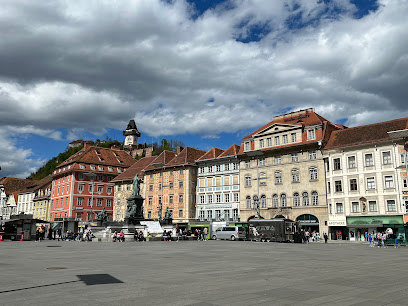
Uhrturm
Discover the Uhrturm, Graz's iconic clock tower, a historical landmark offering stunning views and a glimpse into the city's rich heritage.
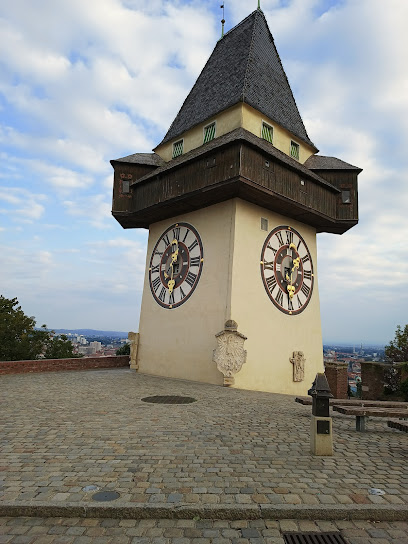
Old Town of Graz
Explore the picturesque Old Town of Graz, a UNESCO World Heritage site with stunning architecture, rich culture, and a lively atmosphere.

Graz Cathedral
Explore Graz Cathedral, a magnificent Baroque masterpiece and key tourist attraction in Austria, blending history, art, and spirituality in one stunning location.

Grazer Burg
Experience the rich history and architectural beauty of Graz at Grazer Burg, a must-see tourist attraction in Austria.
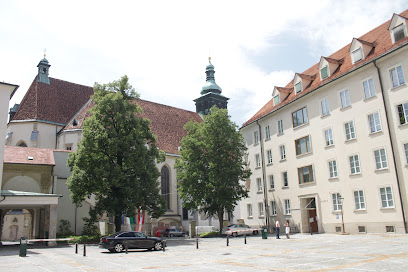
Grazer Landhaus
Explore the historical marvel of Grazer Landhaus in Graz, Austria, where culture, architecture, and history converge for an unforgettable experience.
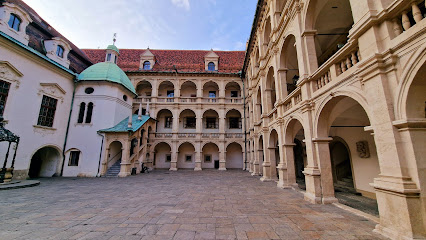
Glockenspiel
Discover the enchanting Glockenspiel in Graz, a historical landmark where melody meets culture in the heart of Austria's vibrant city.
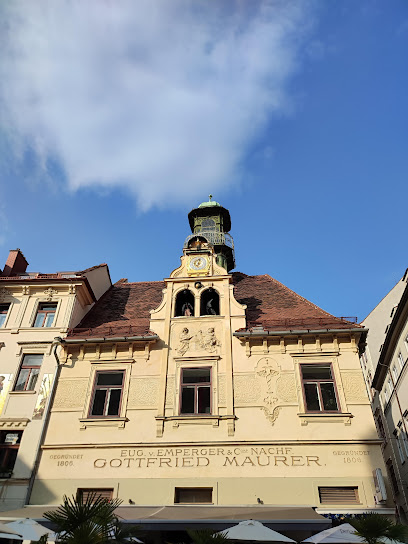
Freiheitsplatz Graz
Discover the historical charm of Freiheitsplatz Graz, where culture, history, and local life converge in the heart of Austria.
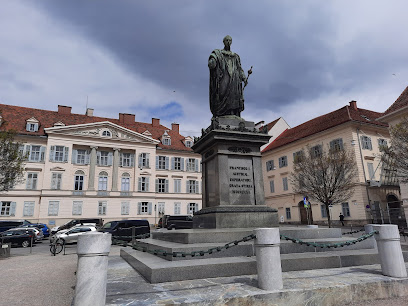
Palais Attems
Explore the majestic Palais Attems in Graz, Austria—an architectural marvel steeped in history and artistic heritage.
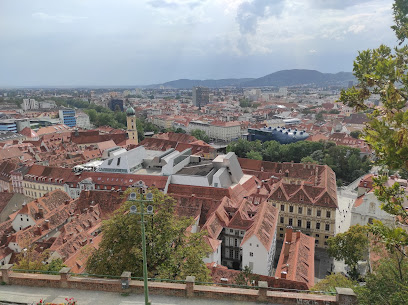
Orangerie Graz
Discover the historical charm of Orangerie Graz, where stunning architecture meets vibrant cultural experiences in the heart of the city.
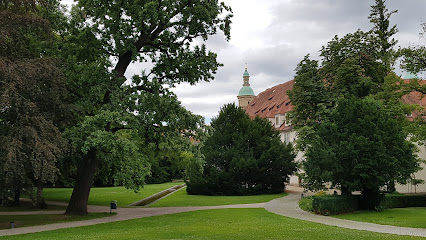
Essential places to dine
L'Osteria
Experience authentic Italian flavors at L'Osteria in Graz – where every meal feels like a celebration!

Landhauskeller
Experience the perfect fusion of traditional Austrian cuisine and modern culinary innovation at Landhauskeller in Graz.
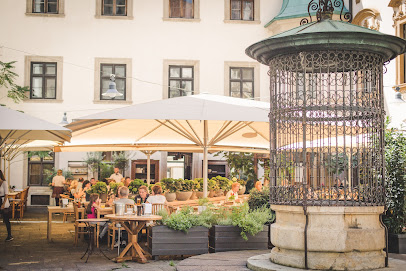
Herzl Weinstube
Discover the flavors of Austria at Herzl Weinstube in Graz – where tradition meets taste in a charming setting.
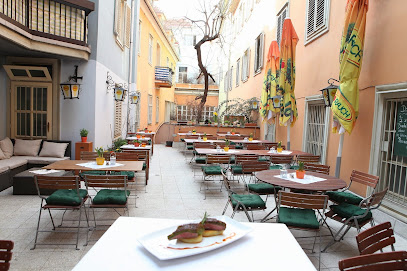
Steak Boutique
Experience top-quality steaks and vibrant bar culture at Graz's premier dining destination - Steak Boutique.

El Pescador
Experience the best of Graz's seafood scene at El Pescador, where fresh flavors meet elegant European dining in a charming setting.
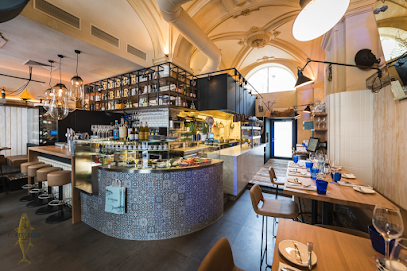
Restaurant SCHLOSSBERG
Experience exquisite fusion cuisine with breathtaking views at Restaurant SCHLOSSBERG in Graz – a culinary gem you won't want to miss.
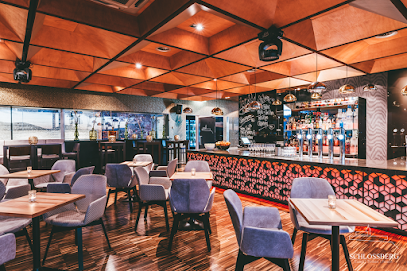
dreizehn by Gauster
Experience modern European cuisine at its finest in Graz's renowned restaurant dreizehn by Gauster—where every bite is an adventure.
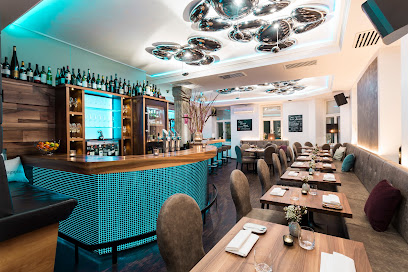
Pierogi
Experience authentic Polish cuisine at Pierogi in Graz, offering delicious dumplings and vegetarian options in a cozy setting.
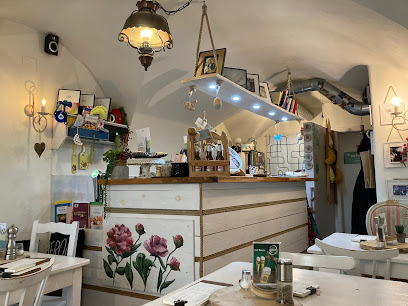
Peppino im Hofkeller
Savor exquisite Italian cuisine at Peppino im Hofkeller in Graz—where tradition meets innovation for an unforgettable dining experience.
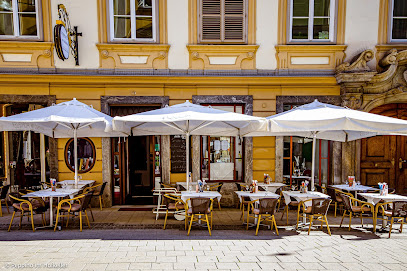
Restaurant ARTIS
Discover Graz's finest dining experience at Restaurant ARTIS, where local flavors meet modern culinary artistry in an elegant setting.
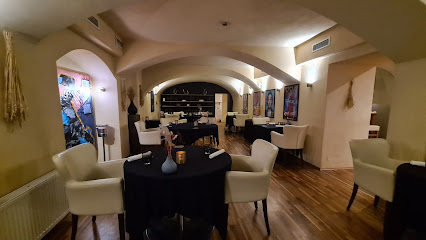
Markets, malls and hidden boutiques
Bethrifty Vintage Kilo Store
Explore Bethrifty Vintage Kilo Store in Graz for unique, sustainable fashion pieces that tell a story.
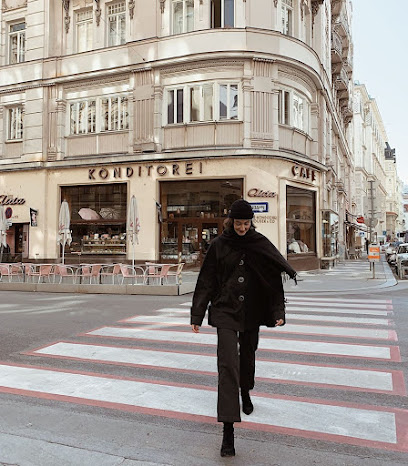
Flying Tiger Copenhagen
Explore the eclectic offerings at Flying Tiger Copenhagen in Graz, where creativity meets affordability in a whimsical shopping experience.
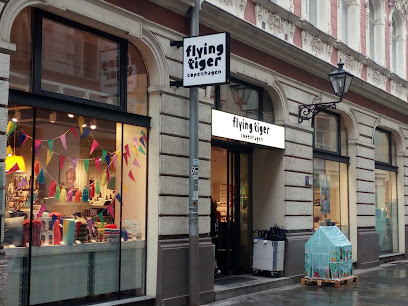
's Fachl Graz - Geschenke & Souvenirs
Explore 's Fachl Graz - a charming gift shop offering local treasures, gourmet groceries, and unique souvenirs in the heart of Graz.

Fan Shop SK Sturm
Explore the Fan Shop SK Sturm in Graz, a vibrant destination for sports memorabilia and passionate fans of SK Sturm Graz.
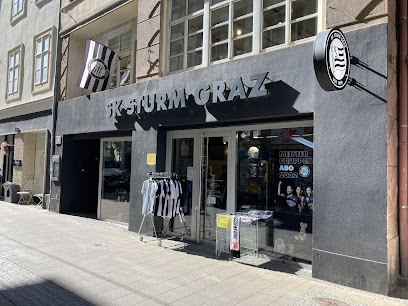
Chic Ethic - Fair Trade Shop
Discover Chic Ethic in Graz - a fair trade shop offering unique gifts, stylish clothing, and ethical fashion accessories for conscious travelers.
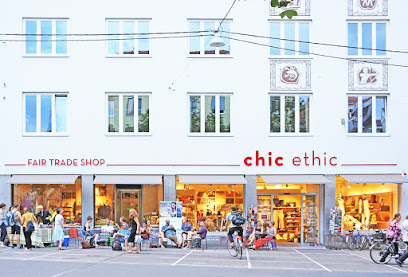
MuR – Design Store
Explore MuR – Design Store in Graz for unique gifts, local crafts, and inspiring interior designs that reflect the culture of Austria.

COS
Discover timeless fashion at COS in Graz – where modern designs meet minimalist elegance for the stylish traveler.

Vintage Design & Style + Antiquitäten
Discover unique vintage treasures and antiques at Vintage Design & Style + Antiquitäten in Graz, where history meets style in every unique piece.

Unique Fashion Store
Explore the Unique Fashion Store in Graz for trendy clothing and sportswear, where style meets affordability in a welcoming atmosphere.
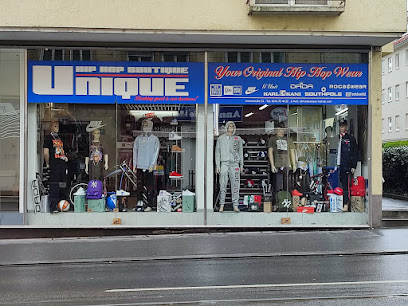
TASH LIVING
Discover unique gifts, books, and local craftsmanship at TASH LIVING in Graz, a perfect stop for tourists looking for memorable souvenirs.
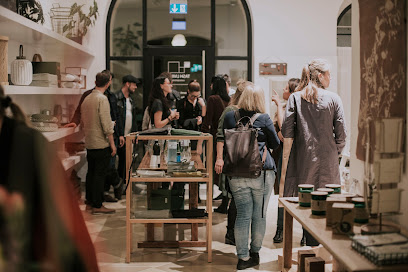
My Graz - souvenirs
Explore My Graz for unique souvenirs, custom t-shirts, and a taste of local artistry in the heart of the city.
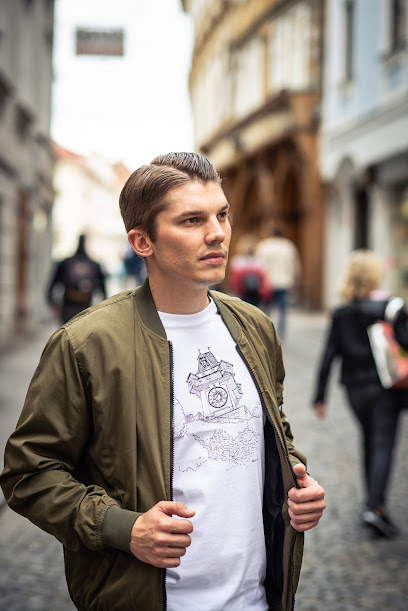
Kwirl Design Geschenk POP UP LAB
Explore a treasure trove of handcrafted gifts and local art at Kwirl Design Geschenk POP UP LAB in Graz, a must-visit for unique souvenirs.
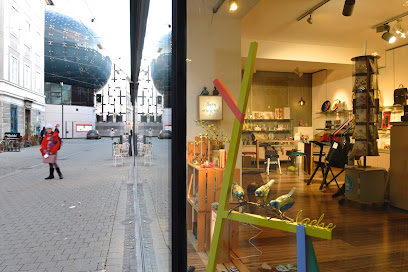
DeLilia - your dress shop
Discover Graz's finest women's boutique at DeLilia, where unique fashion meets exceptional quality in a charming atmosphere.
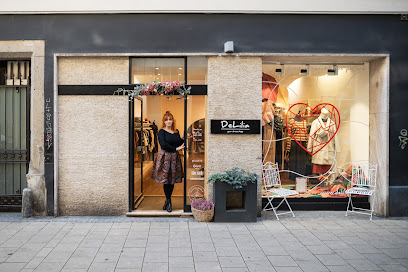
Essential bars & hidden hideouts
Flann O'Brien Original Irish Pub
Immerse yourself in the heart of Irish culture at Flann O'Brien Original Irish Pub, Graz's vibrant hub for authentic Irish food and drinks.

Molly Malone Irish Pub
Discover the authentic taste of Ireland in Graz at Molly Malone Irish Pub, where vibrant atmosphere meets delicious cuisine and refreshing drinks.
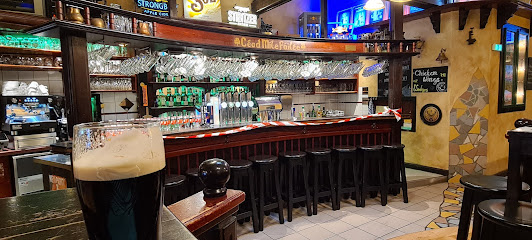
O'Carolan’s Irish Pub
Discover the vibrant spirit of Ireland at O'Carolan’s Irish Pub in Graz, where great drinks and live music await.
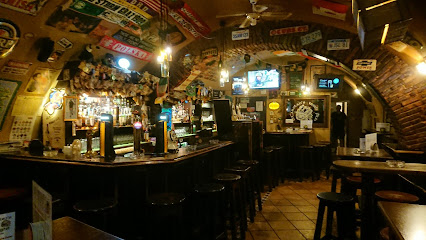
Coco Cocktail Bar
Experience a vibrant nightlife at Coco Cocktail Bar in Graz, where exceptional cocktails meet a lively ambiance, perfect for socializing and relaxation.
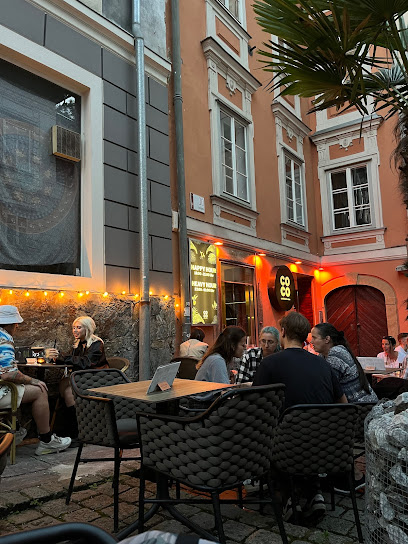
Dizzys Club-Cafe
Experience the vibrant nightlife of Graz at Dizzy's Club-Cafe, where creative cocktails and a lively atmosphere await you.
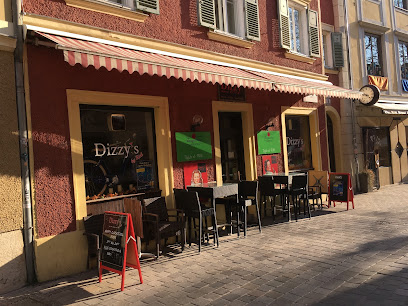
STEIRERPUB
Discover the lively atmosphere of STEIRERPUB, Graz's premier Irish bar offering a unique blend of local culture and nightlife.
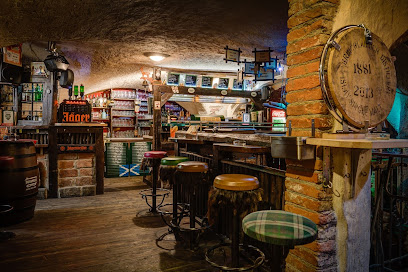
Up25
Discover the dynamic cocktail culture at Up25 in Graz, where expertly crafted drinks meet a lively atmosphere for unforgettable nights.
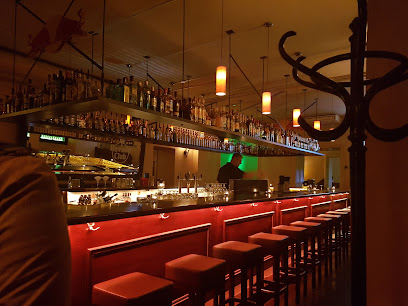
Bar Ernst Fuchs
Experience the vibrant nightlife of Graz at Bar Ernst Fuchs, where creative cocktails and live music create an unforgettable atmosphere.
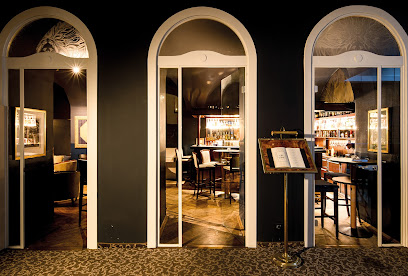
VINTAGE Café Bar Graz
Experience the cozy ambiance of VINTAGE Café Bar in Graz, where vintage charm meets a delightful menu of beverages and light bites.
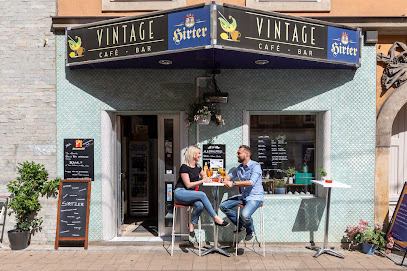
Der Keller - Pub & Bar
Discover the vibrant atmosphere of Der Keller, Graz's beloved bar, offering a perfect mix of local brews and friendly vibes in an inviting setting.
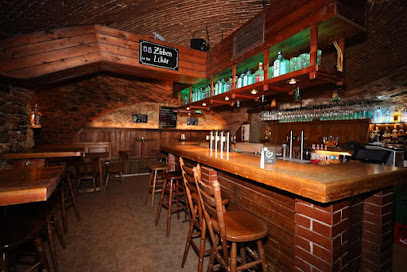
Local Phrases
-
- HelloServus
[ser-voos] - GoodbyeAuf Wiedersehen
[owf vee-der-zayn] - YesJa
[yah] - NoNein
[nine] - Please/You're welcomeBitte
[bit-teh] - Thank youDanke
[dahn-keh] - Excuse me/SorryEntschuldigung
[ent-shool-dee-goong] - How are you?Wie geht es dir?
[vee gayt es deer] - Fine. And you?Gut. Und dir?
[goot oont deer] - Do you speak English?Sprechen Sie Englisch?
[shpre-khen zee eng-leesh] - I don't understandIch verstehe nicht
[ikh fer-shteh-eh nisht]
- HelloServus
-
- I'd like to see the menu, pleaseIch hätte gerne die Speisekarte, bitte
[ikh hah-teh gair-neh dee shpy-zeh-kahr-teh, bit-teh] - I don't eat meatIch esse kein Fleisch
[ikh ess-eh kine flysh] - Cheers!Prost!
[prohst] - I would like to pay, pleaseIch möchte zahlen, bitte
[ikh merkh-teh tsah-len, bit-teh]
- I'd like to see the menu, pleaseIch hätte gerne die Speisekarte, bitte
-
- Help!Hilfe!
[hill-feh] - Go away!Geh weg!
[gay vekh] - Call the Police!Rufen Sie die Polizei!
[roo-fen zee dee pol-eet-sigh] - Call a doctor!Rufen Sie einen Arzt!
[roo-fen zee ine-en artsht] - I'm lostIch bin verloren
[ikh been fer-loh-ren] - I'm illIch bin krank
[ikh been krahngk]
- Help!Hilfe!
-
- I'd like to buy...Ich möchte kaufen...
[ikh merkh-teh kou-fen] - I'm just lookingIch schaue nur
[ikh shou-eh noor] - How much is it?Wie viel kostet das?
[vee feel kohs-tet dahs] - That's too expensiveDas ist zu teuer
[dahs ist tsoo toy-ehr] - Can you lower the price?Können Sie den Preis senken?
[kern-en zee den prys zehn-ken]
- I'd like to buy...Ich möchte kaufen...
-
- What time is it?Wie spät ist es?
[vee shpeht ist es] - It's one o'clockEs ist ein Uhr
[es ist ine oor] - Half past (10)Halb elf
[halb elf] - MorningMorgen
[mor-gen] - AfternoonNachmittag
[nahk-mit-tahg] - EveningAbend
[ah-bent] - YesterdayGestern
[gehs-tern] - TodayHeute
[hoi-teh] - TomorrowMorgen
[mor-gen] - 1Eins
[ines] - 2Zwei
[tsvai] - 3Drei
[dry] - 4Vier
[feer] - 5Fünf
[foonf] - 6Sechs
[zeks] - 7Sieben
[zee-ben] - 8Acht
[ahkt] - 9Neun
[noyn] - 10Zehn
[tsayn]
- What time is it?Wie spät ist es?
-
- Where's a/the...?Wo ist ein/der...?
[vo ist ine/der] - What's the address?Was ist die Adresse?
[vas ist dee ah-dreh-say] - Can you show me (on the map)?Können Sie mir das zeigen (auf der Karte)?
[kern-en zee meer dahs tsee-gen (ouf der kar-teh)] - When's the next (bus)?Wann kommt der nächste (Bus)?
[vahn komt der nayk-steh (boos)] - A ticket (to ....)Eine Fahrkarte (nach ....)
[ine-eh fahr-kahr-teh (nahkh ....)]
- Where's a/the...?Wo ist ein/der...?
History of Innere Stadt
-
Graz's Innere Stadt, or Inner City, traces its origins to the 12th century when it was established as a market town. The strategic location along the Mur River facilitated trade and commerce, leading to its growth as a significant urban center. The earliest documented mention of Graz dates back to 1128, and by the late medieval period, it had developed into a fortified town with walls and towers.
-
In the late 13th century, Graz became a prominent seat of the Habsburg dynasty. The Habsburgs transformed the city into a political hub, and the construction of the Landhaus, or State House, in the late 16th century marked the architectural splendor of this era. The Inner City began to flourish with palaces, churches, and public buildings reflecting the power and influence of the Habsburgs.
-
The 16th and 17th centuries were a time of cultural flourishing in Innere Stadt, highlighted by the influence of the Renaissance. Notable structures such as the Graz Cathedral, which was completed in 1686, and the beautiful mausoleum of Emperor Ferdinand II, built between 1614 and 1630, showcase the artistic achievements of this period. The Inner City became a center for arts and education, with various institutions established to promote learning.
-
The Baroque period in the 18th century brought significant architectural changes to Innere Stadt. Many buildings were remodeled or constructed in the Baroque style, including the splendid Eggenberg Palace, which was completed in 1646. This period also saw the establishment of the University of Graz, further solidifying the city's reputation as a center of higher education and culture.
-
The devastation of World War II left a mark on Graz, including the Innere Stadt. However, the post-war era brought about extensive reconstruction efforts, focusing on restoring historical buildings and revitalizing the urban landscape. The city embraced its cultural heritage, leading to the preservation of its medieval charm and the establishment of Graz as a UNESCO World Heritage Site in 1999.
-
Today, Innere Stadt is a vibrant cultural hub, hosting various festivals, art exhibitions, and events. The combination of historical architecture and modern amenities attracts both locals and tourists. The city's commitment to preserving its history while embracing contemporary culture makes Innere Stadt a unique blend of the past and present, reflecting the rich narrative of Graz and its evolution over the centuries.
Innere Stadt Essentials
-
Innere Stadt, the historic center of Graz, is easily accessible from various neighborhoods in the city. If you're coming from the main train station (Hauptbahnhof Graz), you can take tram line 1 or 6 towards the city center, which will take about 15 minutes. Buses also connect the surrounding neighborhoods, such as Lend and Geidorf. For those driving, parking is available in designated areas, but be aware that it can be limited and expensive.
-
Innere Stadt is a pedestrian-friendly area, and many attractions are within walking distance. For longer distances, local trams are an excellent option, with several lines operating throughout the neighborhood. Bicycles can be rented from various stations around the city, allowing you to explore at your own pace. Taxis and rideshare services are also available for convenience.
-
Innere Stadt is generally a safe area for tourists. However, it's advisable to take standard safety precautions. Avoid poorly lit areas at night and keep your belongings secure, especially in crowded places. While there are no specific areas with high crime rates, incidents of pickpocketing can occur, so remain vigilant in busy tourist spots.
-
In case of an emergency, dial 112 for immediate assistance. Local hospitals and medical facilities are available within the city center. It is recommended to have travel insurance that covers medical emergencies. For non-critical health issues, pharmacies in the area can provide over-the-counter medications.
-
Fashion: Do dress appropriately, especially in churches and formal settings. Avoid overly casual attire. Religion: Do respect local customs and traditions, particularly in religious sites. Public Transport: Do be courteous and give up your seat to the elderly and those in need. Don't talk loudly or eat on public transport. Greetings: Do greet locals with a friendly 'Grüß Gott' and a handshake. Eating & Drinking: Do try local specialties such as Styrian pumpkin oil. Don't waste food or refuse offers of hospitality, as this can be seen as impolite.
-
To experience Innere Stadt like a local, visit the weekly farmers' market at the Kaiser-Josef-Platz for fresh produce and local delicacies. Explore lesser-known streets and alleyways to find hidden cafes and shops. Engage with locals, as they are often welcoming and eager to share their knowledge of the city. Don't miss the chance to attend a local event or festival for a taste of Grazian culture.
Nearby Cities to Innere Stadt
-
Things To Do in Maribor
-
Things To Do in Ptuj
-
Things To Do in Velenje
-
Things To Do in Szombathely
-
Things To Do in Celje
-
Things To Do in Rogaška Slatina
-
Things To Do in Klagenfurt
-
Things To Do in Zalaegerszeg
-
Things To Do in Sopron
-
Things To Do in Kamnik
-
Things To Do in Eisenstadt
-
Things To Do in Bled
-
Things To Do in Škofja Loka
-
Things To Do in Ljubljana
-
Things To Do in Keszthely

